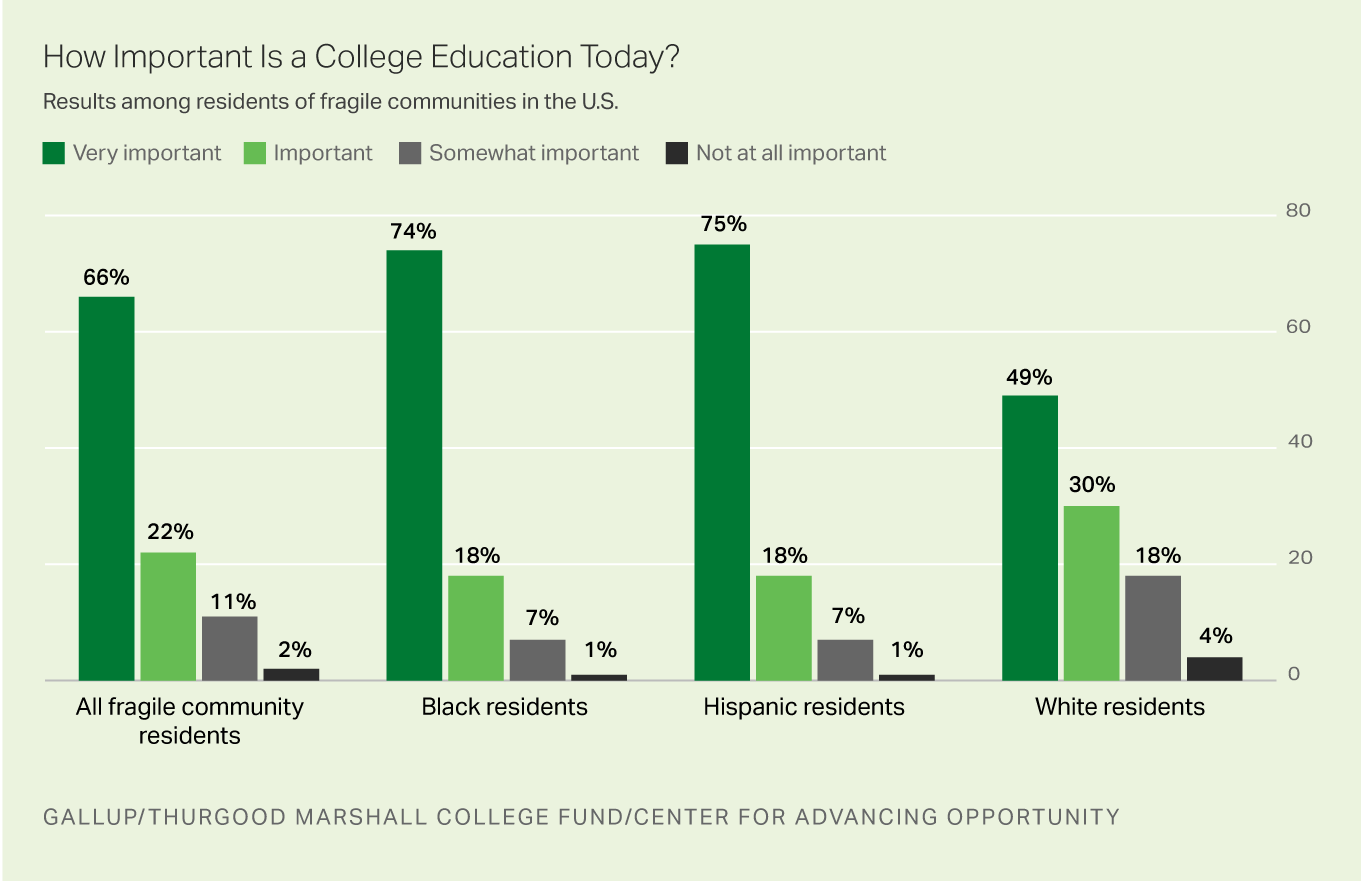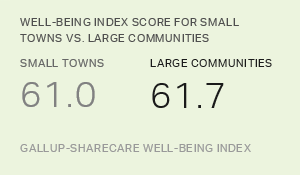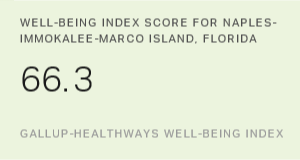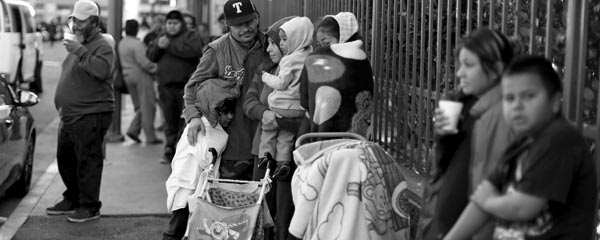The strong, persistent relationship between race and poverty in the U.S. is clearly reflected even in the sample of respondents selected randomly for a . Even though the study did not use race to identify these communities, two-thirds of the randomly selected residents identify as either black (37%) or Hispanic (29%); by comparison, these groups represent less than one-third of the U.S. population overall.
Some of the most compelling insights from the inaugural study from Gallup, the Thurgood Marshall College Fund, the Center for Advancing Opportunity, the Charles Koch Foundation and Koch Industries -- which includes focus groups and interviews with 6,230 Americans living in fragile communities -- involve similarities and differences by racial and ethnic group.
Despite their disproportionate numbers in America's fragile communities, black and Hispanic residents are not without hope. In fact, they are somewhat more optimistic than white residents that their future lives will be better than their lives in the present. Asked to predict how they will rate their lives in five years on a zero-to-10 scale, based on the Cantril Self-Anchoring Striving Scale, the average responses from black and Hispanic residents are 7.62 and 7.71, respectively, versus 6.99 for white residents.
| Average rating, life today | Average rating, life in five years | ||||||||||||||||||||||||||||||||||||||||||||||||||||||||||||||||||||||||||||||||||||||||||||||||||
|---|---|---|---|---|---|---|---|---|---|---|---|---|---|---|---|---|---|---|---|---|---|---|---|---|---|---|---|---|---|---|---|---|---|---|---|---|---|---|---|---|---|---|---|---|---|---|---|---|---|---|---|---|---|---|---|---|---|---|---|---|---|---|---|---|---|---|---|---|---|---|---|---|---|---|---|---|---|---|---|---|---|---|---|---|---|---|---|---|---|---|---|---|---|---|---|---|---|---|---|
| % | % | ||||||||||||||||||||||||||||||||||||||||||||||||||||||||||||||||||||||||||||||||||||||||||||||||||
| Black residents | 5.95 | 7.62 | |||||||||||||||||||||||||||||||||||||||||||||||||||||||||||||||||||||||||||||||||||||||||||||||||
| Hispanic residents | 6.23 | 7.71 | |||||||||||||||||||||||||||||||||||||||||||||||||||||||||||||||||||||||||||||||||||||||||||||||||
| White residents | 6.08 | 6.99 | |||||||||||||||||||||||||||||||||||||||||||||||||||||||||||||||||||||||||||||||||||||||||||||||||
| Gallup/Thurgood Marshall College Fund/Center for Advancing Opportunity | |||||||||||||||||||||||||||||||||||||||||||||||||||||||||||||||||||||||||||||||||||||||||||||||||||
Black, Hispanic Residents Place High Value on College Education
Black and Hispanic fragile-community residents are particularly likely to embrace expanded opportunities to attend college in their pursuit of a brighter future. They are even more inclined than white fragile-community residents to attach a great deal of value to higher education: Three-fourths of black and Hispanic residents say a college education is "very important," versus about half of white residents.

Like white residents, however, about one in five black (18%) and Hispanic (20%) residents agree that everyone in the U.S. has access to an affordable college degree if they want it. Expanding access to higher education in fragile communities seems particularly important in light of the dramatic gains in economic and well-being measures associated even with two-year associate degrees. For example, while just 30% of fragile-community residents with a high school diploma only are employed full time for an employer, this number rises to 53% among those with associate degrees, similar to the 55% among those with bachelor's degrees or higher.
The study also points to some of the challenges black fragile-community residents are particularly likely to face in their pursuit of a better future for themselves and their families -- including fear of discrimination by the U.S. criminal justice system. Strikingly, blacks living in fragile communities are more likely than white residents to say they would like the police to spend more time in their area -- 61% vs. 47%, respectively.
However, they are also far more likely than white residents to say people like them are treated unfairly by local police (35% vs. 11%), and by the courts and legal system (47% vs. 20%). These seemingly ambivalent findings highlight the Catch-22 in which many black Americans in poor communities find themselves: They crave greater security in their homes and neighborhoods but fear the potential cost associated with pervasive racial disparities in incarceration rates.
Moving Forward
To the extent that research projects like this one can help academics, policy-makers and private-sector organizations coordinate their efforts to expand opportunity by addressing critical challenges like education access and criminal justice reform, black and Hispanic residents of fragile communities -- and all Americans living in areas of concentrated poverty -- have more reason to be optimistic about the future.
The sense of determination and community-mindedness that such residents often expressed in our interviews implies that many are optimistic about initiatives that allow them to be part of creating the solutions. As one in-depth interview participant we spoke with, a 33-year-old Cleveland man, said: "I want to be able to do something that I'm more passionate about, that I'm utilizing the skill set that I believe God has given me. I don't want to just make money; I want to try and make somewhat of a difference. And even if it is one person at a time throughout my entire life as it goes on, so be it, but that's what a successful life looks like."
To read the full report, please visit .




